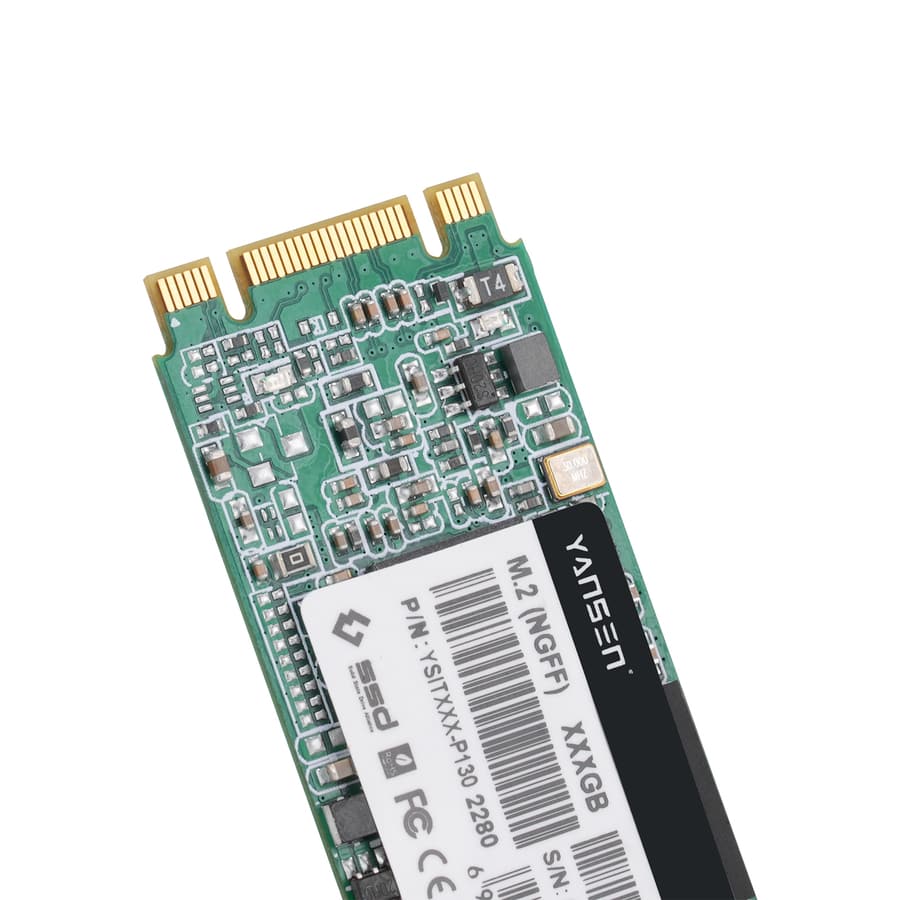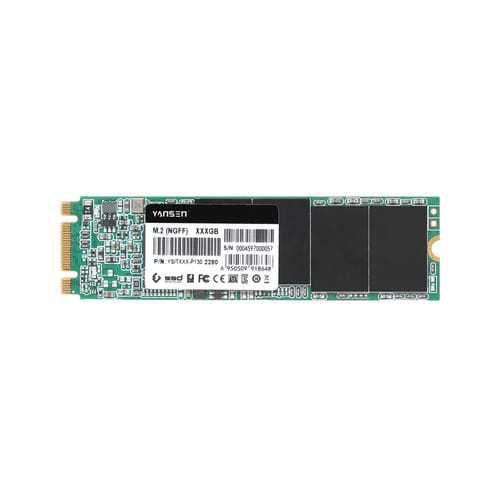
#Product Trends
Evolution of PCIe Standards PCIe 3.0 Remains the Mainstream Choice in Consumer Market, while 5.0 Gains Momentum
SSD PCIe Standards
Introduction:
The core performance of the PCIe bus lies in its transfer rate and bandwidth. To meet the growing demands for I/O bandwidth, the PCIe bus standard has undergone five generations of updates. Keeping pace with the advancements in data transfer technology, PCIe has been evolving at a rate of approximately one generation every three years. In this article, we will explore the historical progression of the PCIe standard and discuss the dominance of PCIe 3.0 in the consumer market, as well as the accelerated adoption of PCIe 5.0.
Evolution of PCIe Standards:
1. PCIe 1.0: Introduced in 2003 by PCI-SIG, PCIe 1.0 operated at a channel frequency of 2.5GHz, providing a data transfer rate of 250MB/s.
2. PCIe 2.0: Released in January 2007, PCIe 2.0 doubled the channel frequency to 5GHz compared to its predecessor, resulting in a doubled transfer capacity of 500MB/s.
3. PCIe 3.0: The specification for PCIe 3.0 was released in 2010. However, due to technological limitations at the time, the efficiency improvement of the third generation was only around 60%.
4. PCIe 4.0: After a seven-year gap from the third generation, the PCIe 4.0 specification was officially launched, boasting a data transfer rate of 2GB/s.
5. PCIe 5.0: Due to the delayed release of the fourth generation specification, PCIe 5.0 was introduced just two years later. In January 2022, the sixth-generation specification was also officially unveiled.
The Competition of Multiple PCIe Generations:
PCIe 3.0 currently holds the majority market share as the dominant choice, with PCIe 3.0 SSDs estimated to account for 81% of the market in 2021, according to Forward Insights. In the short term, the majority of users in the consumer market do not require frequent large file read/write operations. Hence, the cost-effective and mature PCIe 3.0 will continue to dominate general-purpose PCs and peripherals. However Forward Insights predicts that PCIe 4.0 will account for 19% of all PCIe SSDs in data centers in 2021 and will increase to 77% by 2025. During the same period, the market share of PCIe 3.0 SSDs is expected to decrease to 11% in 2025. PCIe 5.0 has just entered the data center sector, focusing on the enterprise server market to meet the high throughput requirements of high-performance devices, particularly in cloud computing and edge computing. Industry experts predict that PCIe 5.0 will capture 70-80% of the market share by 2023.
PCIe 3.0: The Mainstream Choice in the Consumer Market
PCIe 3.0, launched in 2010, had the longest life cycle of the entire series, spanning seven years. Since its introduction, PCIe 3.0 has gradually gained popularity in PCs and servers and has become the most mature interface protocol in the market. While higher bus standards bring performance leaps, they do imply increased costs, compatibility challenges, and the need for upgraded hardware. As a result, PCIe 3.0 remains the mainstream choice for most consumers due to its satisfactory performance for general computing needs.
PCIe 4.0: Transitioning from Data Centers to Consumer Market
PCIe 4.0, released in 2017, initially found its place in data centers and enterprise environments due to its improved speed and bandwidth capabilities. However, with the increasing adoption of PCIe 4.0 support by major hardware manufacturers like Intel and AMD, it has started to make its way into the consumer market. PCIe 4.0 offers double the bandwidth of its predecessor, enabling faster data transfer rates and improved performance for high-end applications such as gaming, content creation, and data-intensive tasks. As more PCIe 4.0-compatible components become available, consumers will have more options to harness its capabilities and take advantage of its increased speed.
PCIe 5.0: Meeting the Demands of High-Performance Computing
Released in 2019, PCIe 5.0 represents the latest advancement in the PCIe standard. With a data transfer rate of 4GB/s, PCIe 5.0 provides twice the bandwidth of PCIe 4.0. The primary focus of PCIe 5.0 is on meeting the demands of high-performance computing, particularly in data centers, cloud computing, and edge computing environments. Its increased throughput supports the growing need for faster data processing, enabling more efficient and faster communication between components. While PCIe 5.0 is not yet widely adopted in the consumer market, it is expected to gain momentum in the coming years as more hardware manufacturers incorporate PCIe 5.0 support into their products.
PCIe 6.0: Advancements to achieve its high-speed data transfer capabilities.
One significant change is the move from non-return-to-zero (NRZ) signaling used in previous PCIe versions to Pulse Amplitude Modulation with 4 levels (PAM-4) encoding. PAM-4 encoding allows for higher data rates by transmitting four different voltage levels per symbol, effectively doubling the data capacity per unit time compared to NRZ.
Additionally, PCIe 6.0 incorporates Forward Error Correction (FEC) to enhance signal integrity and reduce errors during transmission. FEC adds redundant information to the data stream, allowing the receiver to detect and correct transmission errors, leading to more reliable data transfers.
The adoption of PCIe 6.0 is expected to be gradual, primarily starting with data centers, cloud computing environments, and other high-performance computing applications. As the technology matures and becomes more cost-effective, it will eventually trickle down to consumer-level devices, providing even faster and more efficient data transfer for demanding tasks.
The overall market trend is that KingSpec's consumer-grade product, XG7000 Pro, is selling exceptionally well, while Yansen Industrial SSD is closely following technological advancements. In the fourth quarter of 2022, Yansen introduced a PCIe 4.0 solution, and they are expected to develop an industrial-grade PCIe 5.0 solution in the second quarter of 2023 to meet market demands. Simultaneously, the development of a PCIe 6.0 solution is also included in the company's long-term plans.





